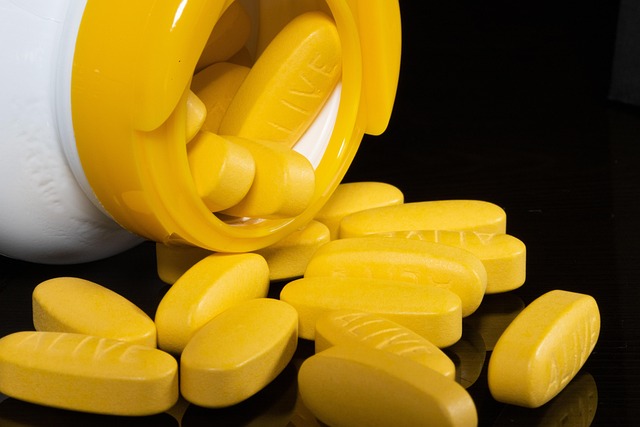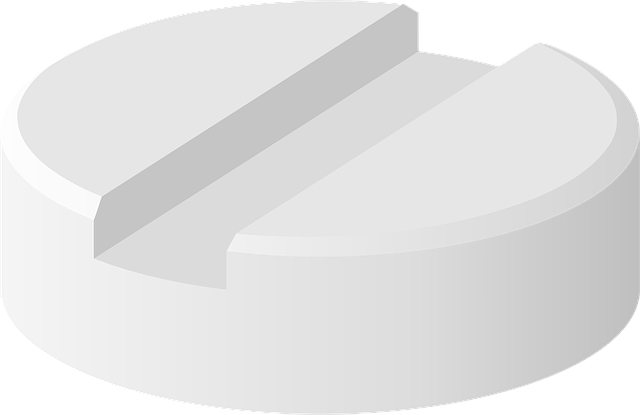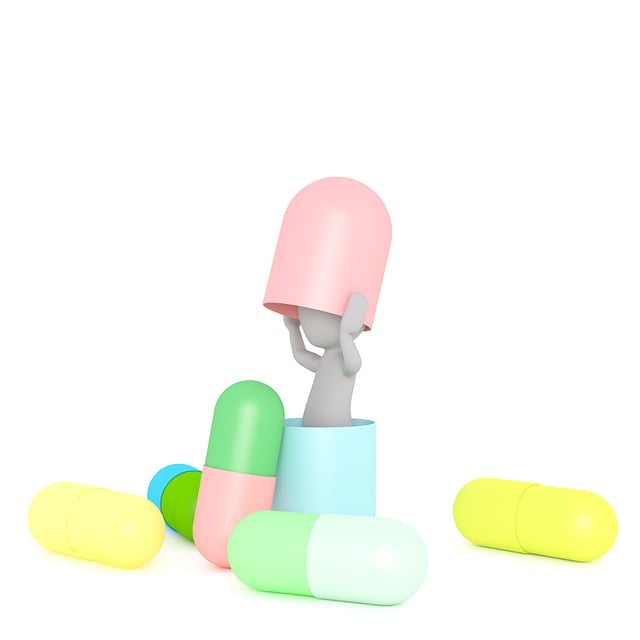GLP-1 drugs, mimicking glucagon-like peptide-1 hormone, are key in type 2 diabetes management, enhancing insulin secretion and lowering blood sugar. Global regulatory bodies like FDA, EMA, WHO, and EMEA set standards for their approval, with the FDA focusing on safety and efficacy while the EMA emphasizes rigorous scientific evaluation. Clinical trials, from Phase I to III, ensure these drugs' effectiveness and safety. Market access challenges include time-consuming approvals and varying reimbursement policies, but value-based pricing models offer potential solutions for improved patient access.
GLP-1 agonists, a groundbreaking class of type 2 diabetes treatments, have transformed glycemic control. This article delves into the intricate regulatory landscape surrounding these innovative therapies. We explore global approvals, focusing on the FDA’s approval of Exenatide as a case study. Additionally, we examine the EMA’s assessment process, clinical trial significance for safety and efficacy, market access challenges, and reimbursement considerations. Understanding these aspects is crucial for navigating the complex path to bringing GLP-1 drugs to patients worldwide.
Understanding GLP-1 Agonists and Their Mechanisms

GLP-1 agonists are a class of drugs that mimic the effects of glucagon-like peptide-1 (GLP-1), a hormone produced in the intestine in response to food intake. These drugs play a crucial role in managing type 2 diabetes by enhancing insulin secretion, suppressing glucagon release, and slowing gastric emptying. By doing so, they help lower blood sugar levels and improve overall metabolic control.
The mechanisms of GLP-1 drugs involve binding to specific receptors on pancreatic beta cells, leading to increased insulin production and decreased glucagon output. Some GLP-1 agonists are synthetic versions of the natural hormone, while others are biologics derived from living systems. Their approval for medical use has been a significant milestone in diabetes treatment, offering patients more options for effective blood sugar management alongside lifestyle modifications and other medications.
Global Regulatory Landscape for Type 2 Diabetes Treatments

The global regulatory landscape for Type 2 diabetes treatments is a complex web, with diverse standards and approvals across different regions. This landscape plays a pivotal role in shaping access to innovative therapies, including GLP-1 drugs. Key players like the US Food and Drug Administration (FDA) and the European Medicines Agency (EMA) have been at the forefront of evaluating and approving these treatments based on their safety and efficacy profiles. The FDA, known for its stringent criteria, has approved numerous GLP-1 drugs, driving adoption in the world’s largest pharmaceutical market. In contrast, EMA offers a slightly different approach, focusing on rigorous scientific evaluation to ensure patient safety.
Internationally, regulatory bodies such as the World Health Organization (WHO) and regional agencies like the European Committee for Medicinal Products (EMEA) also influence accessibility. These organizations set guidelines and conduct reviews, harmonizing standards across borders. This global collaboration ensures that GLP-1 drugs meet consistent quality and safety markers while facilitating cross-border patient access. As diabetes management continues to evolve, understanding these regulatory dynamics is crucial for healthcare providers and pharmaceutical companies aiming to deliver cutting-edge treatments worldwide.
FDA Approval Process: A Case Study of Exenatide

The US Food and Drug Administration (FDA) plays a pivotal role in the approval process for GLP-1 agonists, ensuring their safety and efficacy. One notable example is Exenatide, a synthetic analog of exendin-4, derived from the saliva of the Gila monster lizard. To gain FDA approval, pharmaceutical companies like AstraZeneca must submit extensive data from preclinical studies and well-designed clinical trials.
This process involves rigorous evaluation of the drug’s mechanism of action, pharmacokinetics, and potential side effects. Clinical trials assess the safety and effectiveness of Exenatide in treating type 2 diabetes, often employing large participant pools to detect rare adverse events. Once the FDA determines that the benefits outweigh the risks, they grant approval for marketing and sales, making Exenatide (Byetta) available to patients as a potential GLP-1 drug treatment option.
EMA Assessment and Authorization for GLP-1 Drugs

The European Medicines Agency (EMA) plays a pivotal role in assessing and authorizing pharmaceutical products, including GLP-1 drugs, for marketing within the European Union. This rigorous evaluation process ensures that medications meet stringent safety, efficacy, and quality standards before they are made available to patients across Europe. EMA’s expert scientific committees thoroughly examine clinical trial data, manufacturing practices, and potential side effects to determine the therapeutic benefit-risk profile of each GLP-1 drug candidate.
Upon successful assessment, EMA grants marketing authorization, enabling pharmaceutical companies to distribute and sell these medications within the EU. This approval process is dynamic, often involving ongoing monitoring and regular updates as new data emerge. As a result, patients can have confidence in the safety and effectiveness of GLP-1 drugs, while healthcare professionals rely on EMA’s expertise to make informed decisions regarding treatment options for their patients.
Clinical Trials: Unlocking the Efficacy and Safety Profile

Clinical trials play a pivotal role in understanding the efficacy and safety of GLP-1 agonists, the drug class revolutionizing diabetes management. These rigorous studies involve extensive testing on human subjects to evaluate the potential benefits and risks associated with these drugs. Through well-designed clinical trials, researchers can unlock critical information about how GLP-1 drugs interact with the body’s natural systems, providing a comprehensive view of their therapeutic potential.
The process typically involves multiple phases, each gathering specific data to build a robust evidence base. Phase I focuses on safety and dosage, while Phase II expands into efficacy assessment. Phase III, the largest and most extensive, confirms effectiveness, monitors side effects, and compares GLP-1 drugs against existing treatments or placebo controls. This systematic approach ensures that only safe and proven medications enter the market, benefiting patients relying on these life-changing GLP-1 drugs for improved glycemic control.
Market Access and Reimbursement Considerations

Market access and reimbursement are critical factors in determining the success of GLP-1 agonists. The path to gaining market approval involves rigorous clinical trials to demonstrate safety and efficacy, which can be a lengthy process. Once approved, pharmaceutical companies must navigate complex reimbursement landscapes, including negotiations with insurance providers and healthcare regulatory bodies to ensure these GLP-1 drugs are accessible to patients who need them.
Reimbursement policies vary across regions, influencing the affordability and availability of treatments. Healthcare systems worldwide are increasingly focused on value-based pricing models, considering not only the cost of medications but also their clinical impact. This shift presents an opportunity for GLP-1 agonists to showcase their potential in improving patient outcomes, ultimately driving better access and reimbursement decisions.
